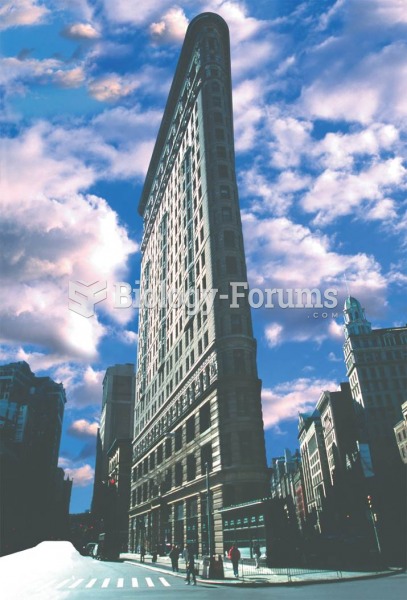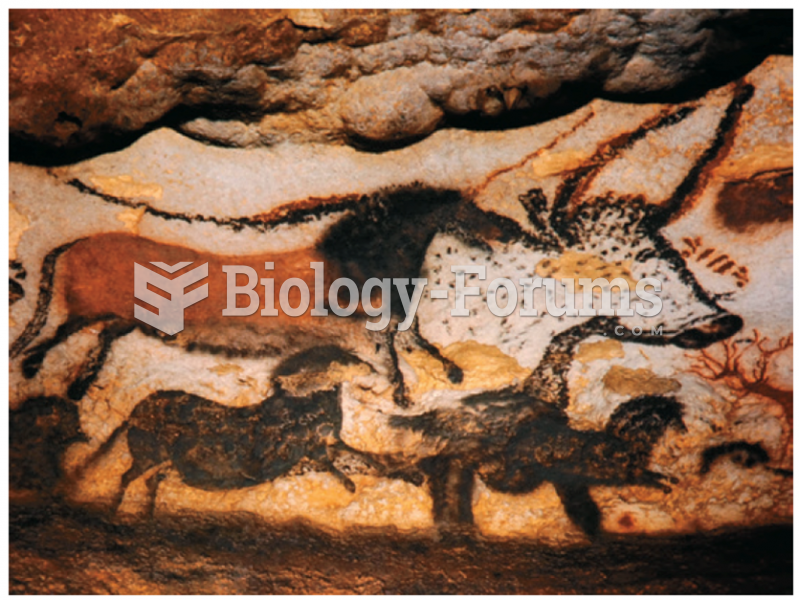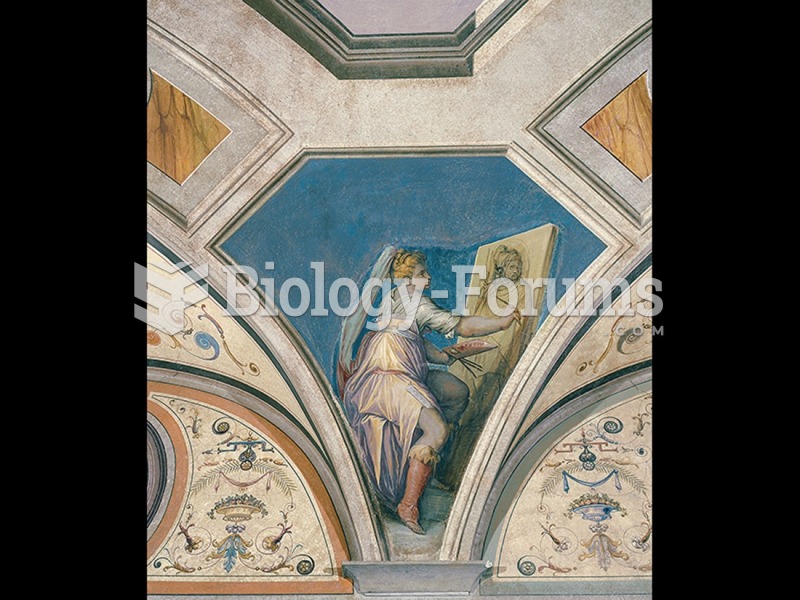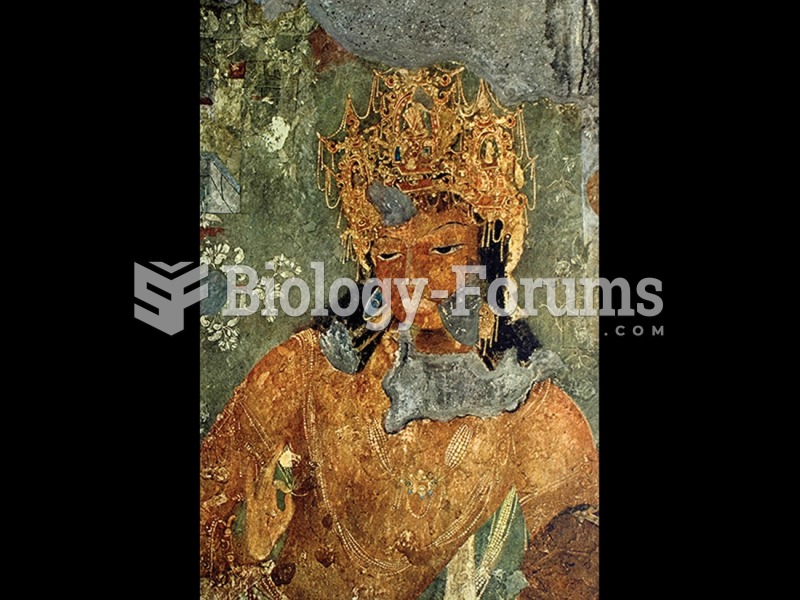Answer to Question 1
The mummy case of Artemidorus gives us a glimpse of the multicultural world of late Rome. It holds the mummy of a young Roman subject, Artemidorus, a Greek name, from Egypt, which was part of the Roman Empire in the second century. The exterior case is stucco, with an encaustic portrait painting of the inhabitant. The mummified body of Artemidorus reflects the Egyptian religious practice, and on his mummy are representations of ancient Egyptian gods including Anubis, the god of the dead. The Villa of Mysteries fresco is an example of the mastery of Roman wall painting. Located in a house of the same name, the fresco depicts a scene believed to represent secret cult rituals associated with the wine god Dionysus. The figures stand as though on a ledge, in shallow but convincing space, interacting only slightly with one another. The artist segmented the mural into panels separated by black bands. The figures overlap these panels freely, and there is no strong sense of individual episodes, or compartments, offering rhythm and design unity.
Answer to Question 2
The Funerary Temple of Hatshepsut is one of the best-preserved and most innovative temples for one of the few female rulers. It rises in a series of three broad terraces, then continues into the steep cliffs behind it, from which an inner sanctuary was hollowed out. The Ishtar Gate stood at one end of the Processional Way in the planned city of Babylon. Due to the scarcity of wood in the region, the gate is composed of thousands of glazed ceramic bricks, with two massive towers flanking a central arch. The ruler would sit under the arch in majesty to receive his subjects. The Parthenon, dedicated to the goddess Athena, is a Doric-style temple with columns all around the exterior and an inner row of columns on each of the short walls. The roof rose to a peak, leaving a pediment at each end, which was embellished with sculptures and a decorative frieze.







